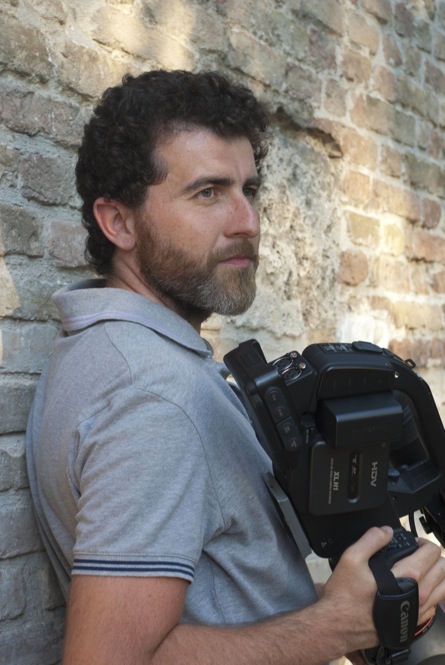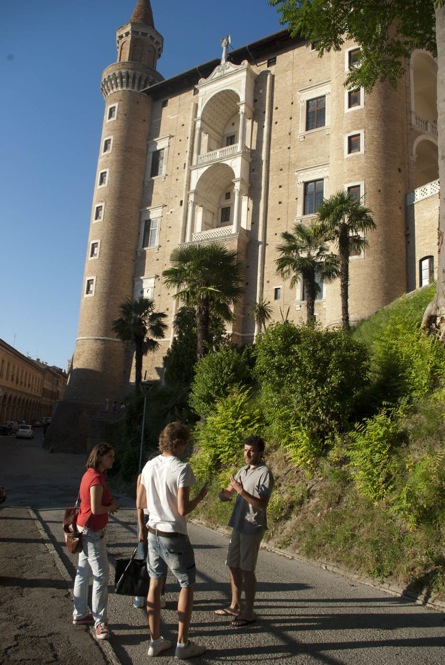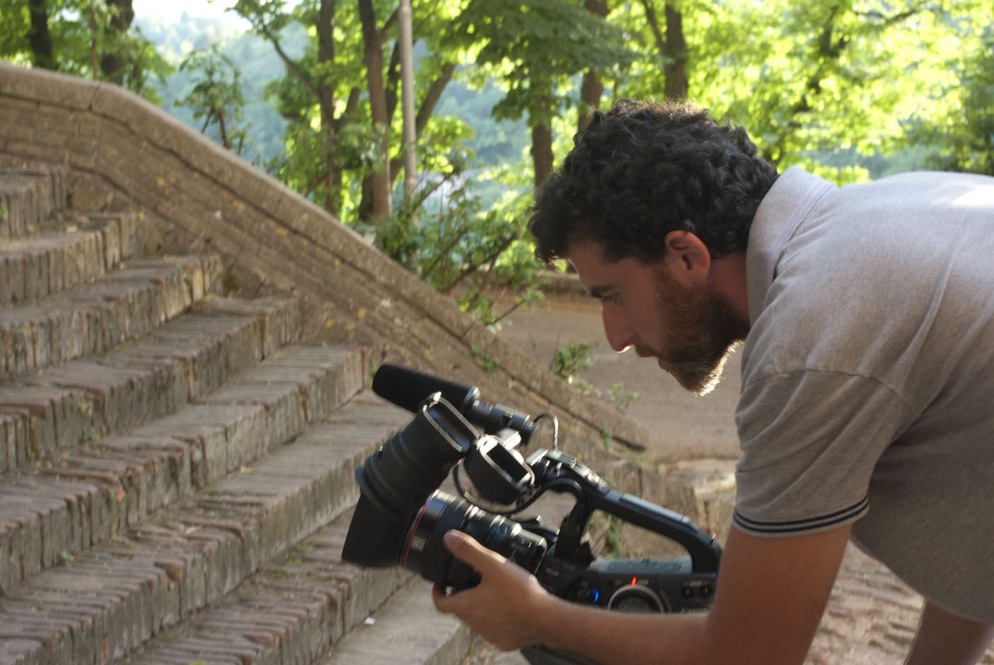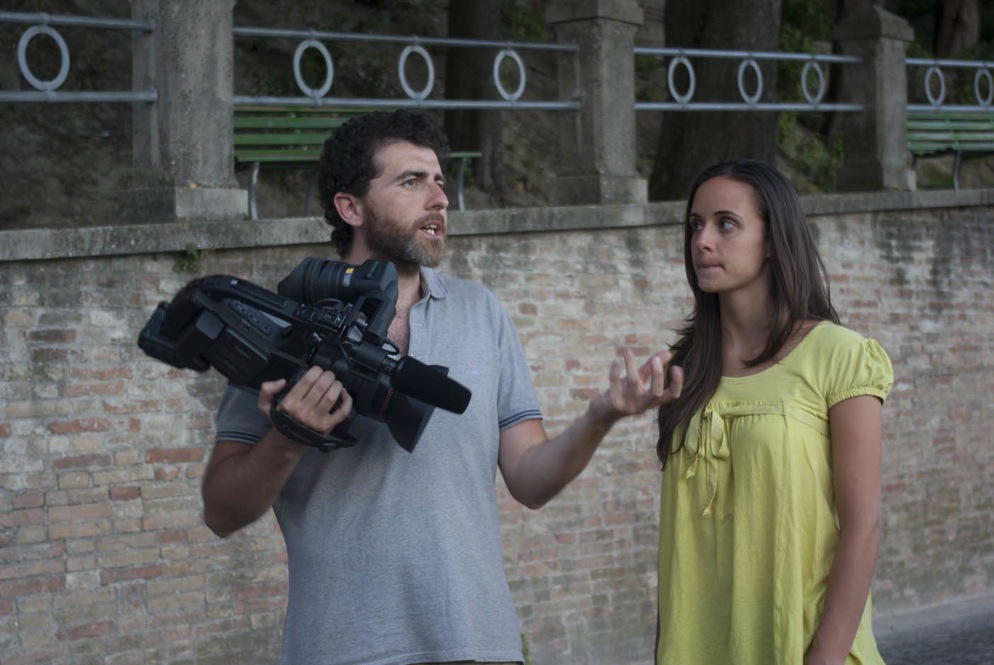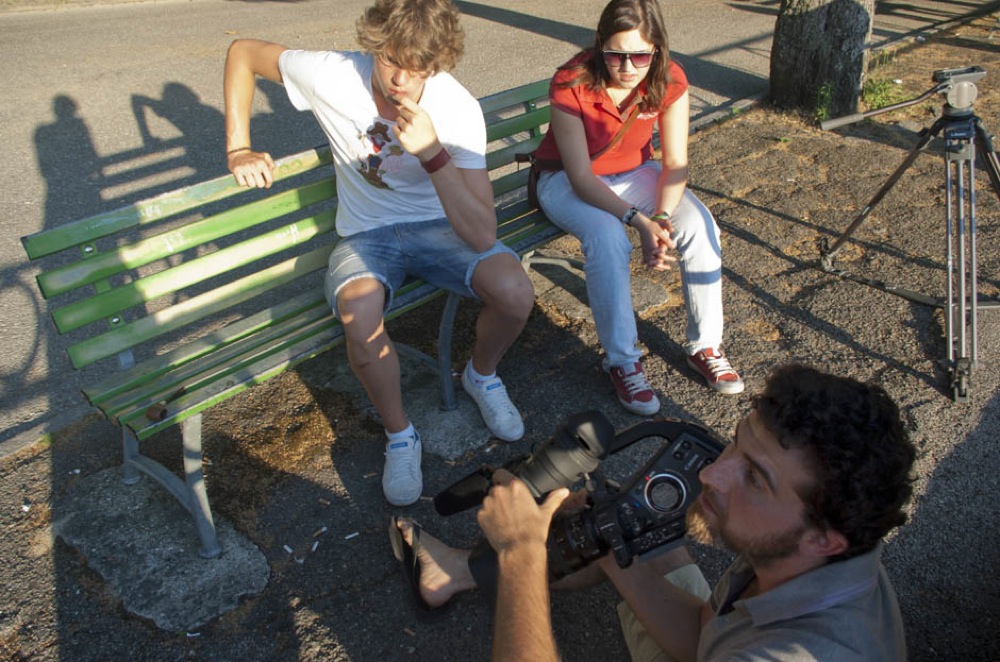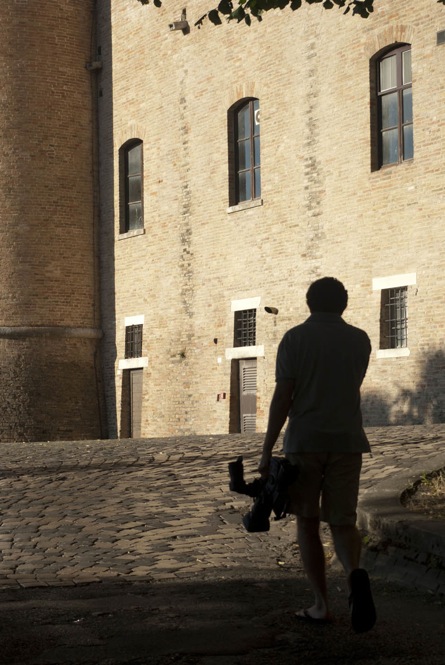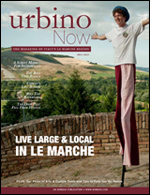It’s not easy making films in the land of legendary filmmakers.
URBINO, Italy – In the early 1960s, Italy was known throughout the world for cinema with such directors as Fellini and Rossellini. Now, on most nights, the smaller movie houses in Italy have projectors flickering Italian movies few people are watching. Much of the younger audience is looking to Hollywood blockbusters for entertainment rather than homegrown Italian films.
The bigger production companies think that the only cinema we want to see is just entertainment where we can shut off our brains.
In Urbino, the story is no different. Many of the students in this college town would rather jump on a bus to satisfy their cinema fix, going to the bigger cities where there are more selections and bigger movie theaters. The two remaining cinemas in town, Nuova Luce and Cinema Ducale, both of which are on distribution contracts, are changing the type of movies they show to more America films and Italian blockbusters, in hopes of drawing more of an audience to keep from closing. Still, many nights the theatres remain empty. Part of the problem lies with bigger Italian film companies creating movies that mirror Hollywood because they believe it will bring in more box office revenue.
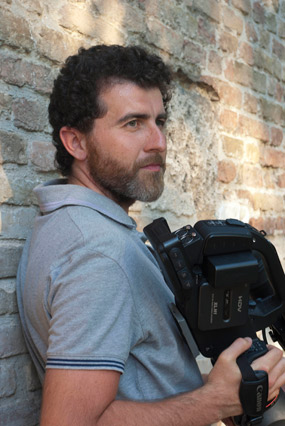 “The bigger production companies think that the only cinema we want to see is just entertainment where we can shut off our brains,” said Andrea Laquidara, an independent filmmaker in Urbino. “The bigger productions are much more Hollywood like. This is the big problem. We could imitate our quality of the past, but we are imitating Hollywood.”
“The bigger production companies think that the only cinema we want to see is just entertainment where we can shut off our brains,” said Andrea Laquidara, an independent filmmaker in Urbino. “The bigger productions are much more Hollywood like. This is the big problem. We could imitate our quality of the past, but we are imitating Hollywood.”
Laquidara, who has lived in this ancient walled city for 13 years, has produced numerous documentaries, a feature length film, “The Bluff,” and several short films that run shorter than 40 minutes.
Laquidara started filmmaking at 17 after watching several classic Italian films, and realizing that it could be more than just entertainment. Laquidara bought a camera and searched for story ideas in Urbino, teaching himself as he went.
“Movies can speak as philosophy, psychology, and so many things,” said Laquidara.
Filmmakers like Laquidara face a number of obstacles getting their films produced. Like all independent cinema, breaking out of the cookie cutter style of Hollywood and still being a successful filmmaker is not easy. For every Fellini there are many who are never remembered.
It doesn’t matter if the filmmaker is Italian or American; one of the biggest obstacles independent filmmakers face is finding money to get their film off the ground, said Laquidara. Filmmakers have to use whatever money they can find to produce their films because there are few subsidies from the film companies. They also have to find their own actors and resources.
However, being an independent filmmaker means having more freedom because the film is based entirely on your own ideas and the project is completely your own. This allows for more creativity and flexibility in both the filming and editing process, he says.
Roberto Danese, a film critic and professor at the University of Urbino, agrees that money is one of the biggest obstacles for any filmmaker.
 “The problem is the business behind film,” Danese said. “Good ideas don’t correspond to financial support. And in Italy this is a big problem, because the government and all the public institutions can’t sustain all the arts.”
“The problem is the business behind film,” Danese said. “Good ideas don’t correspond to financial support. And in Italy this is a big problem, because the government and all the public institutions can’t sustain all the arts.”
In the United States, independent filmmakers have to compete with the bigger studios to get their films shown. For Italians, there is the added problem of trying to compete with American cinema as a whole.
Italy’s film production is different from that of many other countries. In France, for example, there is a screen quota on how many American films can be shown in ratio to national films. In Italy, there are no restrictions on American film imports.
American films dominate the Italian market. U.S film imports account for roughly 60 percent of all movies shown. Only 25 percent are national films, according to a study by Indiana University using ticket sales in 2006. (PDF LINK TO STUDY)
Laquiara explained that the majority of the films shown in Italy are imported from America because the Italian government and bigger production companies believe, inaccurately in his opinion, that Hollywood-style movies are the ones that Italians want to see.
According to an article in Italian Vogue in 2010, more than 60 percent of moviegoers have seen an American movie, 27 percent an Italian one and the remaining 10 percent films from other countries.
Laquidara argues that it is difficult for many of the top Italian independent directors such as Pietro Marcello and Alina Marazzi to get their movies to the Italian people.
Part of the problem in Italy, said Laquidara, comes from the government and its lack of subsides to the local filmmakers. Prime Minster, Silvio Berlusconi, is a businessman who owns the most powerful media companies, and is also the top elected official, with the power to regulate public media. Berlusconi has a lot of control of what films receive public funds. Much of the money goes to films that follow the Hollywood plot and have a better chance of making money.
We had a good period of cinema with directors like Fellini, and now there are a lot of new filmmakers with potential, but the government doesn’t support the culture.
“We had a good period of cinema with directors like Fellini, and now there are a lot of new filmmakers with potential, but the government doesn’t support the culture,” Laquidara said. “Even if the audience is interested the independent films, the films can’t reach them.”
Another problem stems from the movies themselves. Danese explained that the filmmakers of today try to recreate movies in the style of an art-film movement of Italy’s postwar decade called neorealism rather than come up with their own creative ideas.
But not all. Some directors are receiving positive criticism for creating new and unique ways of editing so that their movies stick out compared to the rest. Danese believes this type of editing could propel a new movement with Italian cinema, and stop filmmakers from recreating the past.
“I hope Italian cinema forgets its past, so to create new ideas and new innovations. Maybe this type of cinema could be the future. Italian cinema now is not bad, but it could be so much better,” said Danese.
One example of this editing is Peter Marcello film, “The Mouth of the Wolf,” which has won numerous awards including Caligari Film Award. Marcello never saw an Italian film but drew upon original ideas, with editing that uses both continuity editing and clips of scenes that don’t involve the characters, to help move the story along.
Danese explained that this editing was the “cinematic mark of the film” because the editing is so different from the Hollywood style, where the audience is not supposed to notice editing.
In order to help create the next generation of filmmakers with new ideas and innovations, both Laquidara and Danese helped set up workshops and conferences with the Marche region to discuss film history and to teach aspiring young filmmakers how to create compelling movies.
Each semester, the workshops draw about 20 to 25 students. The students meet once a week for three hours or longer depending on what aspect of filmmaking they are learning that day. The classes feature two components. The first is the actual filmmaking process, including filming and editing. The second is learning how to analyze films, such as why a director chose a particular lighting or angle for a shot. After learning the basics, the students go out and make their own films.
Slideshow
Click on Image to Show in Lightbox.
